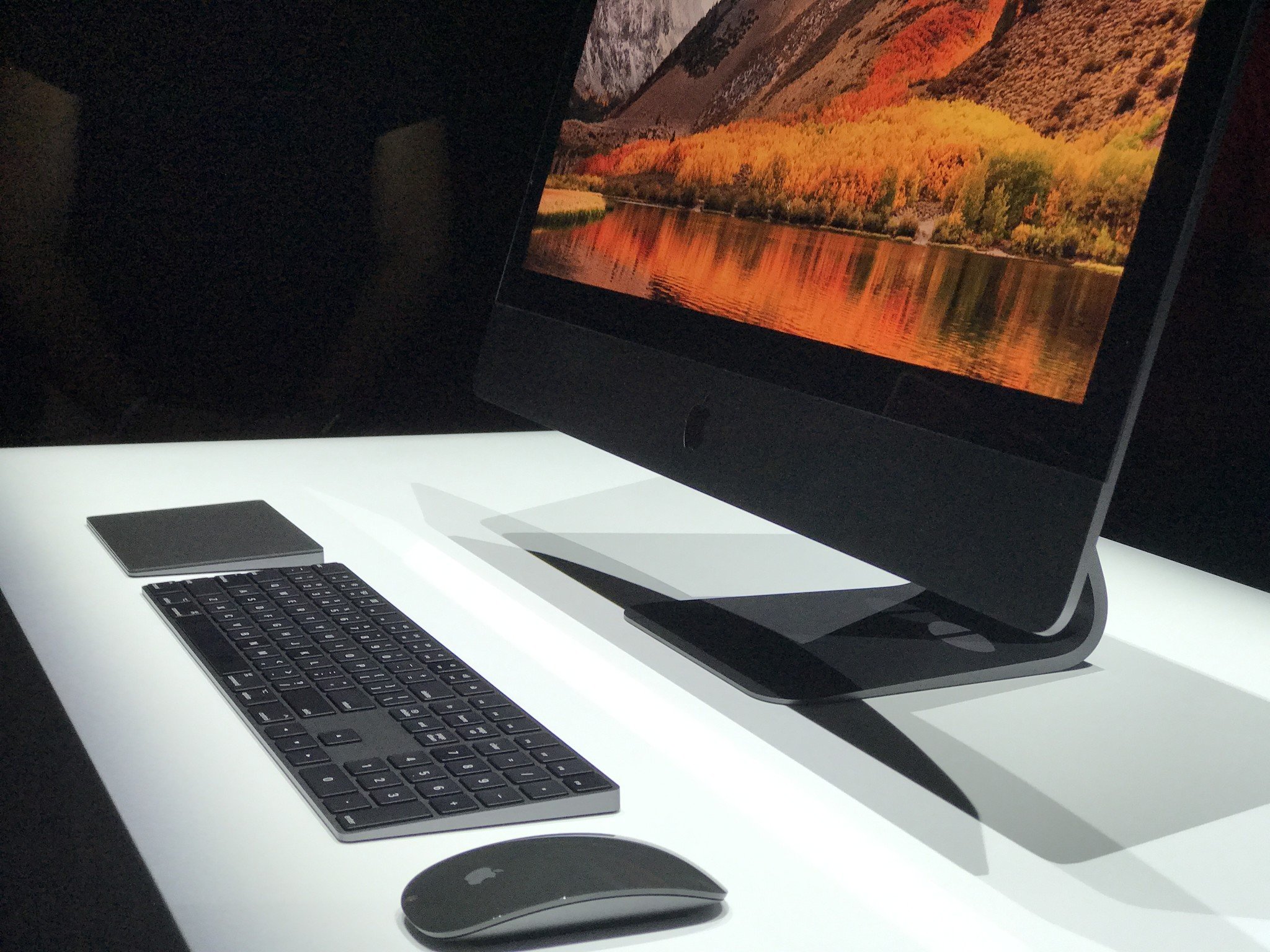The AMD Vega GPU: A sign of things to come for the iMac Pro?

Apple's announced an upcoming iMac Pro at WWDC 2017 this year and that announcement has certainly spurred excitement in the creative/professional sector. With up to 18 CPU cores, 4.5 GHz boost, 42MB of cache, and a new Radeon Pro graphics card, what's not to be excited about?
Well, if you've read some of the early reviews for the discrete Radeon Vega GPU — newly available for Windows and Linux — there's talk of it being too late, expensive, power hungry, and underperforming. Will this news over the Vega GPU portend similar moaning and groaning over the iMac Pro's Radeon Pro Vega GPU? Not quite.
What is the Radeon Pro Vega GPU?
Vega is the latest graphics architecture from AMD. The Radeon Pro Vega GPU will be the internal GPU available for the soon-to-be-released iMac Pro. A GPU creates all of the on-screen visuals, such as the ones you see in complex 3D games, and in many cases also performs calculations of various mathematical models and helps in the rendering of images and films.
The GPU itself
Although we don't know the final specs of the iMac Pro's Radeon Pro Vega, we do know that it will espouse 11 TFLOPS (trillions of floating point operations per second) of single precision calculations and 22 TFLOPS of half precision calculations. When you compare those numbers to the current the standalone versions of Vega, however, it looks to be similar to Vega 56, a cut-down version of the Vega GPU architecture where 56 relates to the number of computing units available. At first glance, this sounds like a disappointment; however, Vega 56 offers a better performance per watt than its bigger brother Vega 64 (yes that's 64 compute units) — and at a lower cost, too.
The new memory technology
The Radeon Pro Vega will sport 8 to 16 GB of high bandwidth memory (HBM). HBM is the latest in high-speed graphics memory; some have questioned its utility in a gaming workload where GDDR5+ is the cheaper (yet still quite fast) variant, but memory speed is king when it comes to scientific modelling and analytics in a business setting. The faster the better, and AMD is leading the charge in this forward-facing technology.
What does this technology mean in practice?
Nvidia released a similar-performing card last year with a lower power requirement that costs slightly less than the newly released Vega counterpart called a GTX 1070. In terms of the discrete Vega graphics card, if you're a gamer, it's pretty disappointing since you could have this level of performance last year for a slightly lower price and less power consumption. However, for professionals not interested in gaming the results for productivity workloads is not only very good but some are better than more expensive Nvidia counterparts. AMD is catering to the professional crowd with this release and it shows.
How does this affect Apple?
In spite of Apple's recent push to have developers work on VR applications using the HTC Vive and the eGPU development kit, macOS is not the go-to platform for gaming. That may or may not change in the future; in the meantime, for workload that professionals need, the iMac Pro's Vega GPU architecture looks to be very promising for content creators. Its HBM and high-productivity performance will be a welcome asset in the iMac Pro line. Higher memory speeds with high performance in computation? With luck, it'll be just what the doctor ordered.
Master your iPhone in minutes
iMore offers spot-on advice and guidance from our team of experts, with decades of Apple device experience to lean on. Learn more with iMore!

